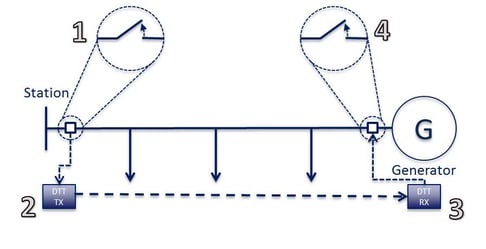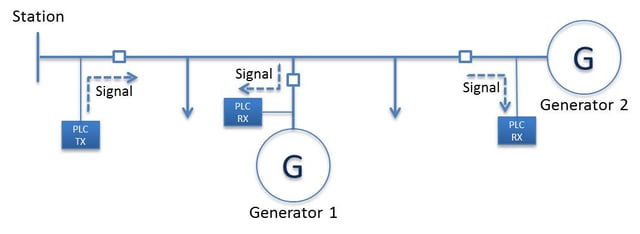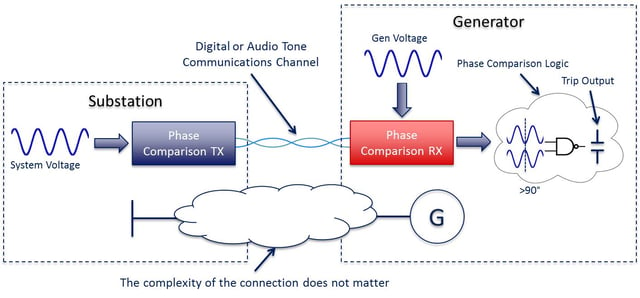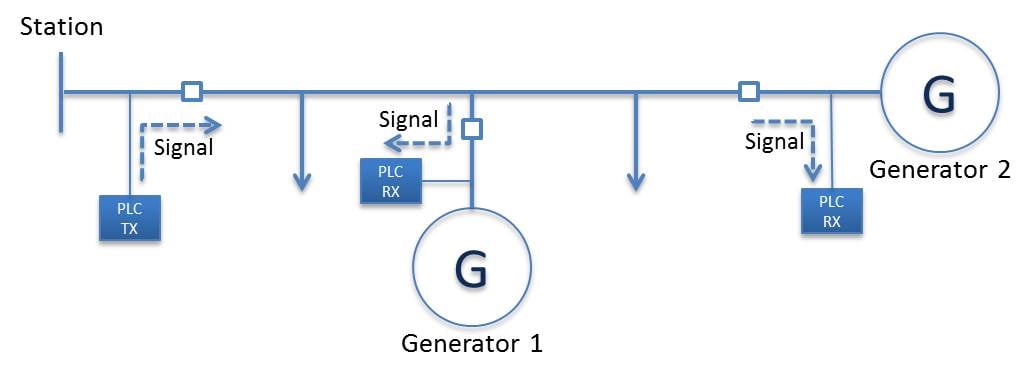Communications assisted methods are unique in that they effectively eliminate the non-detection zones (NDZ) found in many local methods used for islanding detection. As a result, local protection elements may be set less sensitively, reducing false operations during system disturbances.
Ultimately, the system must have two critical traits: dependability and security. The equipment has to be able to receive a command when desired under adverse conditions (noise or bit-error-rate); this gives dependability. The equipment must also prevent receiving a command when not desired while under adverse conditions (noise or bit-error-rate), which provides system security.
Three communications assisted methods that can help with islanding detection are:
- Direct Transfer Trip (DTT)
- Permissive Power Line Carrier
- Phase Comparison
DTT uses a teleprotection channel to send a signal to the generator to open the local breaker. The DTT can be initiated from any device which can cause an island including the substation breaker, recloser or switch. This system can utilize diverse communication channels such as direct fiber, digital network (owned or leased), power line carrier (PLC), leased tone circuit, wireless radio, or microwave.

Permissive Power Line Carrier uses a power line carrier channel to send a constant signal or “heartbeat” from the station to the generator(s). Since the signal travels on the power line, when an island is formed, the signal will not be received at the generator which provides islanding detection.

Phase Comparison is the third communications assisted method. A signal representing the source stations voltage phase is sent using a communications channel to the generator’s receiver. At the generator, the received signal’s frequency is compared with the local generator’s frequency. When an island occurs, the frequency of the generator will drift from the utility’s station frequency. At a preset phase angle difference, the receiver will command the generator’s breaker to open. The Phase Comparison system can operate over direct fiber, digital networks (owned or leased) or a leased tone circuit (phone line).



